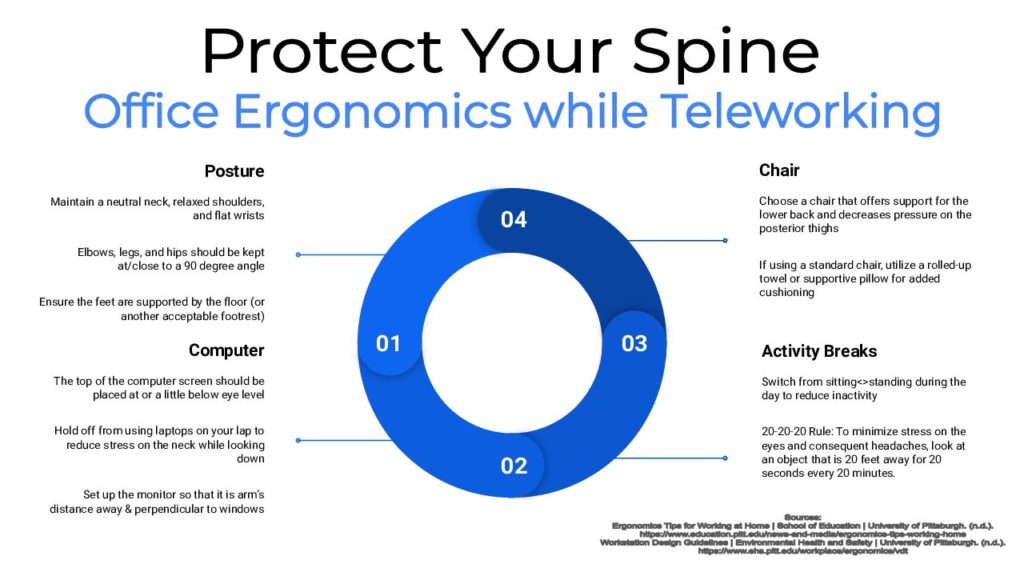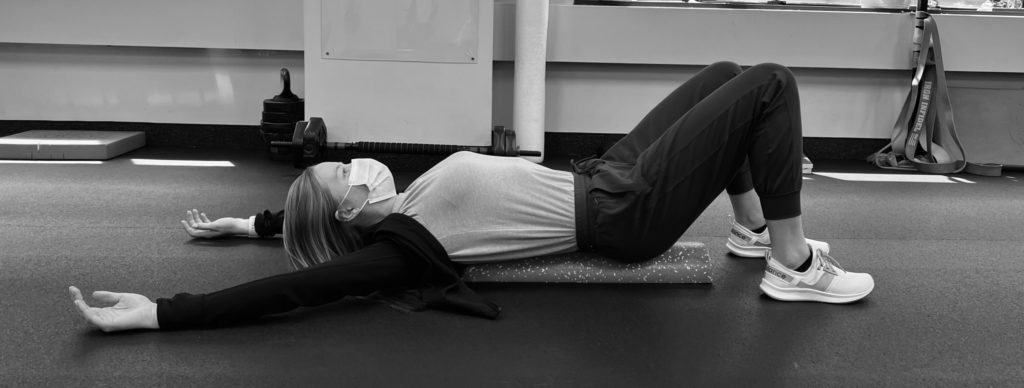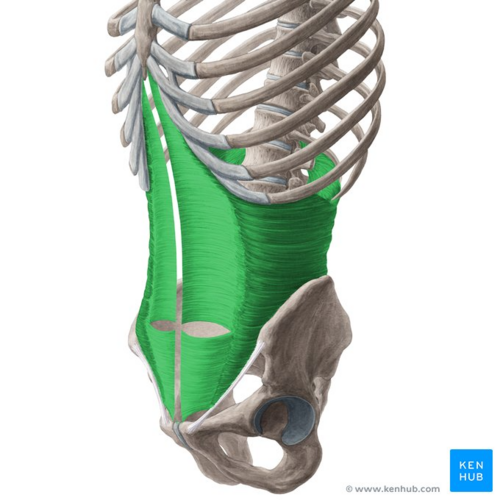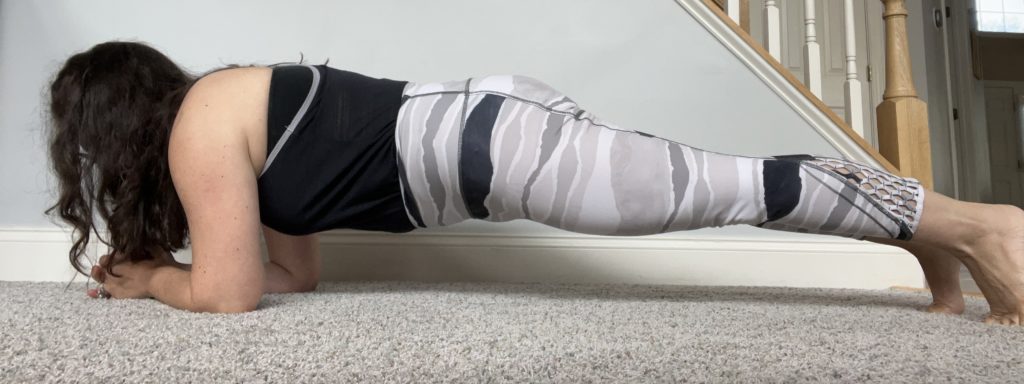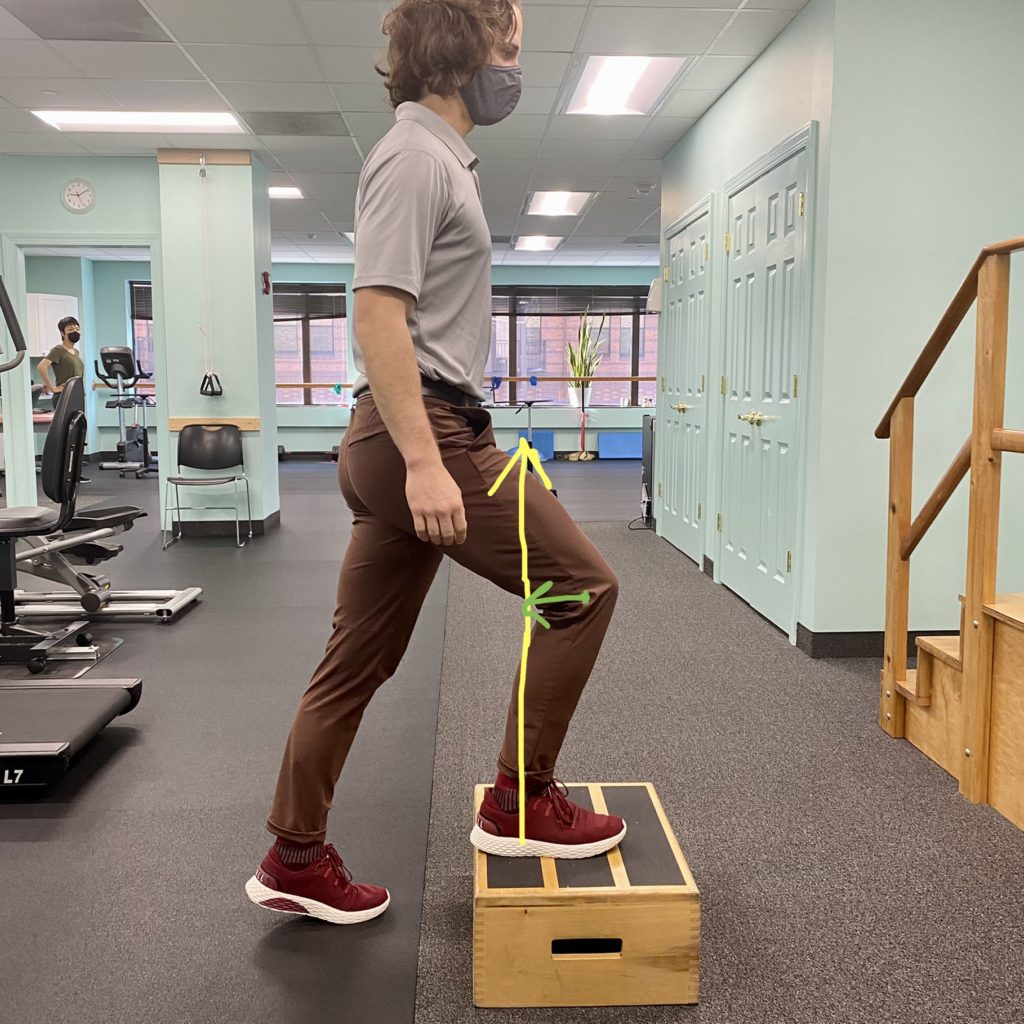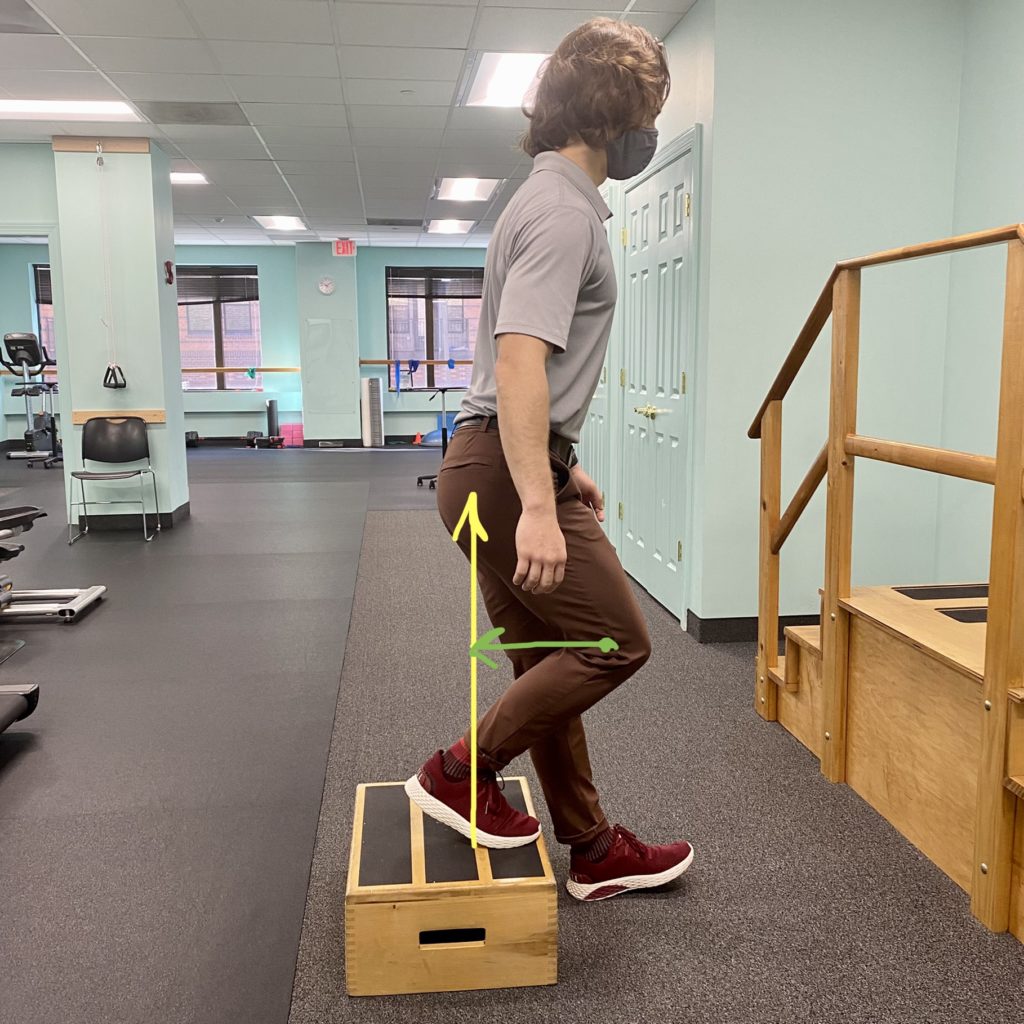A lateral curvature of the spine, known as scoliosis, frequently involves rotation. It may arise in infancy or adolescence, or it may be brought on by illnesses like neuromuscular diseases or degenerative changes that occur in old age. The symptoms of the curvature might range from slight pain to severe physical limits, depending on how severe it is.
Scoliosis Symptoms
–Visible Curvature: If the spine is visibly curved, it can cause unequal hips, shoulders, or a protruding rib cage.
– Back Pain: A pain or discomfort in the back, especially where the curve is located.
– Breathing difficulties may arise from severe scoliosis if the curvature compresses the chest cavity, so impairing lung function.
– Problems with Mobility: Slowed range of motion and flexibility in the surrounding muscles and spine.
What Benefits Can Physical Therapy Offer
1. Postural Correction: To help improve posture and correct spinal alignment, physical therapists evaluate patients’ posture and recommend exercises and treatments.
2. Strengthening Exercises: By focusing on the muscles that support the spine, particular exercises can assist to increase stability and strength.
3. Range of Motion and Flexibility: Increasing range of motion and flexibility in tense muscles and joints impacted by curvature is the goal of stretching exercises and methods.
4. Pain Management: To lessen pain and inflammation, methods like heat/cold treatment, therapeutic ultrasound, and manual therapy may be applied.
5. Education and Lifestyle Modification: In order to reduce pain and stop the curvature from progressing, physical therapists instruct their patients on ergonomics, correct body mechanics, and lifestyle changes.
Preventing Progression and Enhancing Quality of Life
Early intervention with physical therapy can help prevent the progression of scoliosis and alleviate associated symptoms. By improving spinal alignment, strengthening muscles, and promoting flexibility, physical therapy aims to enhance mobility and overall well-being.
Written by: Dr. Onyedikachi Ude

